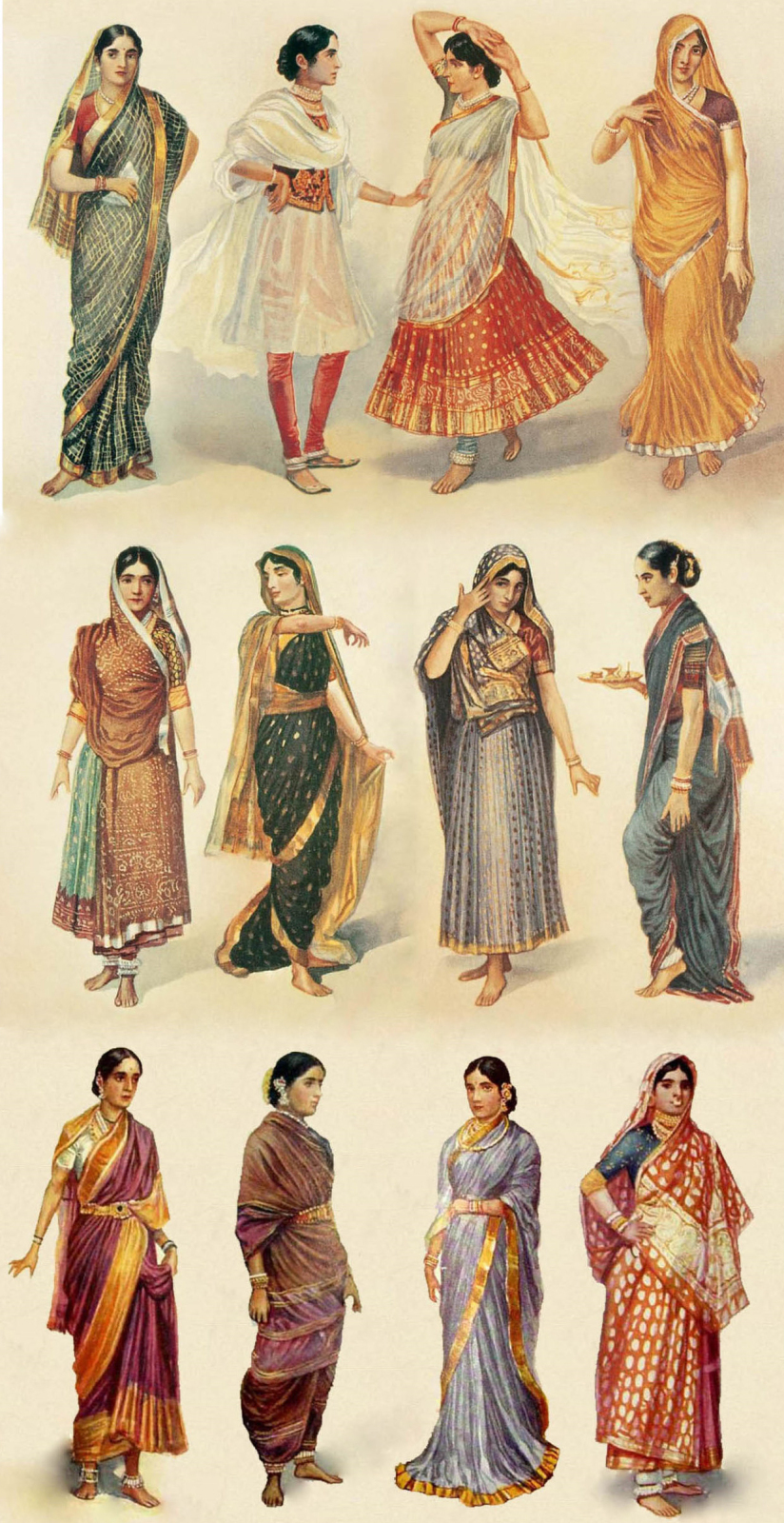Culture of India
Indian culture is full of cultural syncretism and cultural pluralism continued to absorb the customs, traditions, and ideas from invaders and immigrants while continuing to maintain the tradition already established and spread the culture of India to other places in Asia. India is one of the nation - state in the world that still adhere to some of their customs. sometimes some fairly rare abandoned kjarena are not suitable for modern India. India is somewhat unique, there will be no expiration - expiration of ethnic and cultural discusses about India from his clothing that is unique saris unique to other cultures.
However, Indians made significant advances in architecture Taj Mahal mathematics (The Invention of Zero) and medicine (Ayurveda). Today, India is a very diverse country, with more than 1.2 billion people, it is the second most populous nation after China. Different regions have their own distinct cultures. Language, religion, food and the arts are just some of the various aspects of Indian culture. Here is a brief overview of the culture of India.
Language
India has 28 states and seven territories. There is no official language in India, according to a Gujarat High Court Ruling in 2010. Many people living in India also write in Devanagari script. In fact, it is a misconception that the majority of people in India speak Hindi. Though many people speak Hindi in India, 59 percent of India residents speak something other than Hindi, according to The Times of India. Bengali, Telugu, Marathi, Tamil and Urdu are some other languages spoken in the country.

Religion
India is identified as the birthplace of Hinduism and Buddhism, the third and fourth largest religions. About 84 percent of the population identifies as Hindu.
About 13 percent of Indians are Muslim, making it one of the largest Islamic nations in the world. Christians and Sikhs make up a small percentage of the population, and there are even fewer Buddhists and Jains, according to the “Handbook.”
Food
When the Moghul Empire invaded during the sixteenth century, they left a significant mark on the Indian Cuisine, according to Texas A&M University. Indian cuisine is also influenced by many other countries. It is known for its large assortment of dishes and its liberal use of herbs and spices. Cooking styles vary from region to region.
Wheat, Basmati rice and pulses with chana (Bengal gram) are important staples of the Indian diet. The food is rich with curries and spices, including ginger, coriander, cardamom, turmeric, dried hot peppers, and cinnamon, among others.
Many Hindus are vegetarians, but lamb and chicken are common in main dishes for non-vegetarians. The Guardian reports that between 20 percent and 40 percent of India's population is vegetarian.
Much of Indian food is eaten with fingers or bread used as utensils. There is a wide array of breads served with meals, including naan, a leavened, oven-baked flatbread, and bhatoora, a fried, fluffy flatbread common in North India and eaten with chickpea curry.
Architecture and art
The most well-known example of Indian architecture is the Taj Mahal, built by Mughal emperor Shah Jahan to honor his third wife, Mumtaz Mahal. It combines elements from Islamic, Persian, Ottoman Turkish and Indian architectural styles. India also has many ancient temples.
India is well known for its film industry, which is often referred to as Bollywood. The country's movie history began in 1896 when the Lumière brothers demonstrated the art of cinema in Mumbai, according to the Golden Globes. Today, the films are known for their elaborate singing and dancing.

Clothing
Indian clothing is closely identified with the colorful silk saris worn by many of the country’s women. The traditional clothing for men is the dhoti, an unstitched piece of cloth that is tied around the waist and legs. Men also wear a kurta, a loose shirt that is worn about knee-length. For special occasions, men wear a sherwani, which is a long coat that is buttoned up to the collar and down to the knees. The Nehru jacket is a shorter version of a sherwani.

No comments:
Post a Comment